Calling all adventure seekers and water enthusiasts! Are you itching to explore the open waters, but not sure where to begin? Look no further because this blog post is your ultimate guide to choosing the perfect kayak for your next aquatic expedition. With so many options on the market, it can be overwhelming trying to decipher which type of kayak is right for you. But fear not! We’ve got you covered with all the necessary information and tips to help narrow down your search and find the ideal kayak that fits your needs and preferences. So get ready to paddle through this exciting journey of discovering how to choose a kayak that will take you on unforgettable adventures.
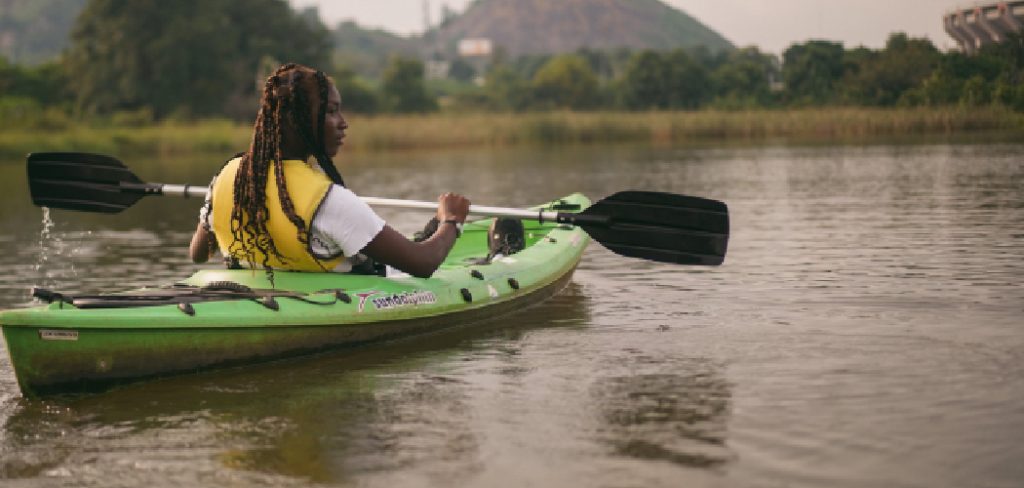
What is Kayak?
Before we dive into the specifics of choosing a kayak, let’s first understand what exactly a kayak is. A kayak is a small, narrow watercraft that is propelled by a double-bladed paddle. It has been used for centuries by different cultures all over the world for transportation, fishing, and recreational activities. Nowadays, kayaking has become a popular hobby and sport, with various types and designs to cater to different needs and environments. So, let’s start exploring the different types of kayaks you can choose from.
Needed Materials
- Personal Preferences and Needs
- Type of Water You Will Be Kayaking in (Calm Lakes, Rivers, Whitewater Rapids, Ocean)
- Budget
- Storage and Transportation Options
- Size and Weight Limitations
12 Step-by-step Guidelines on How to Choose a Kayak
Step 1: Determine your Kayaking Goals
Are you planning on leisurely paddling through calm lakes or tackling rough whitewater rapids? Knowing your kayaking goals will help narrow down the type of kayak that best suits your needs. But don’t worry if you have multiple goals, there are kayaks that can handle various water conditions. You just need to prioritize what is most important for your kayaking experience.
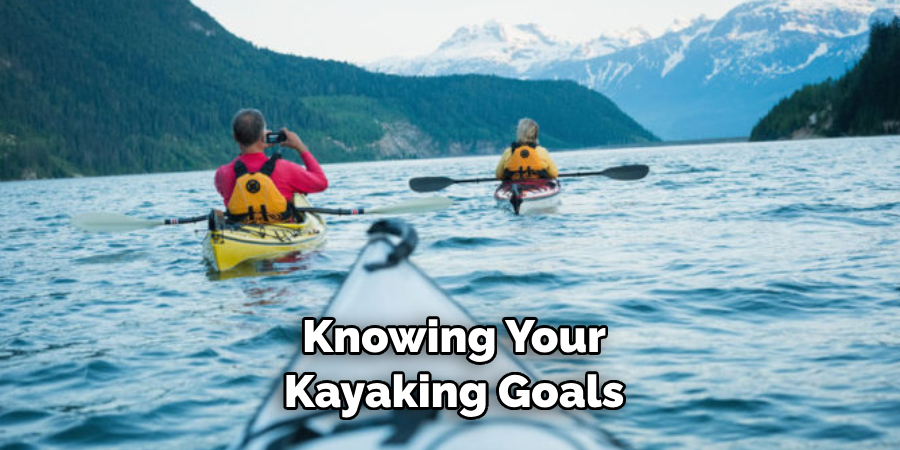
Step 2: Consider the Type of Water You’ll Be Kayaking In
As mentioned earlier, different types of kayaks are designed to handle specific water conditions. For example, recreational and touring kayaks are best suited for calm lakes and slow-moving rivers, while sea kayaks are ideal for open ocean waters. Whitewater kayaks, on the other hand, are designed for maneuvering through fast-moving rapids. Be sure to choose a kayak that is appropriate for the type of water you’ll be kayaking in.
Step 3: Determine Your Budget
Before jumping into your search for a kayak, it’s essential to determine how much you’re willing to spend. Kayaks can range from a few hundred to several thousand dollars, so it’s crucial to set a budget and stick to it. Keep in mind that the price of a kayak will also depend on its materials, features, and brand. You don’t want to overspend on a kayak that doesn’t meet your needs.
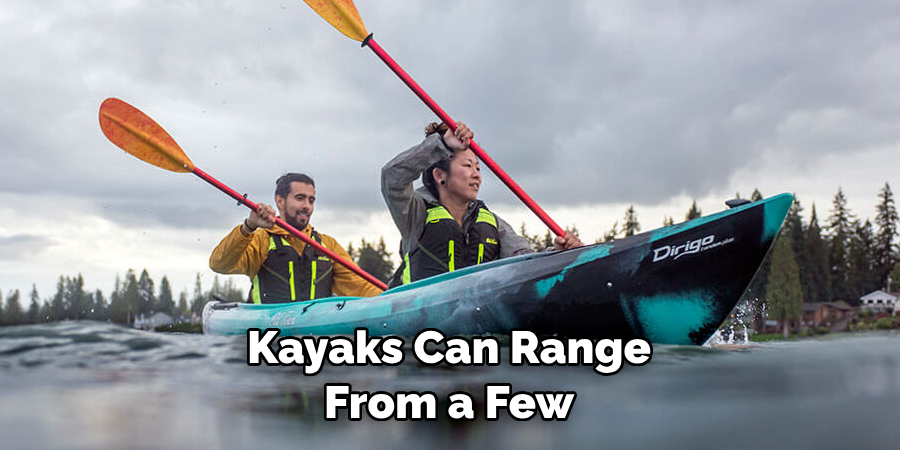
Step 4: Think About Storage and Transportation Options
Do you have enough space at home to store your kayak? Will you need to transport it on top of your car or in a truck bed? These are essential factors to consider as some kayaks can be quite long and heavy. If you’re limited in space or don’t have access to a vehicle with roof racks, an inflatable kayak might be a better option. You can easily store it in a closet and transport it in the trunk of your car.
Step 5: Know Your Size and Weight Limitations
Most kayaks have a weight capacity, so it’s crucial to consider your own weight and the gear you’ll be bringing on your kayaking trips. It’s also essential to choose a kayak that is comfortable and fits your body type for an enjoyable experience. Although, keep in mind that some kayaks can be adjusted and customized to fit different body types. It’s always best to try out a kayak before purchasing if possible.
Step 6: Understand the Different Types of Kayaks
Now that you have determined your kayaking goals, budget, and limitations, it’s time to explore the various types of kayaks available. Here are some basic types of kayaks to consider:
Recreational Kayaks:
These are best for beginners and casual paddlers who want a stable and easy-to-use kayak for calm waters. They are generally shorter in length and wider for added stability.
Touring Kayaks:
Perfect for longer trips and paddling through various water conditions, touring kayaks are designed for efficiency and speed. They are typically longer, narrower, and have more storage space than recreational kayaks.
Whitewater Kayaks:
These specialized kayaks have a short and maneuverable design to handle fast-moving water and obstacles in whitewater rapids.
Sea Kayaks:
Also known as “ocean kayaks,” these are built for long-distance journeys on open waters such as the ocean. They have a longer and narrower design for speed and stability in rougher conditions.
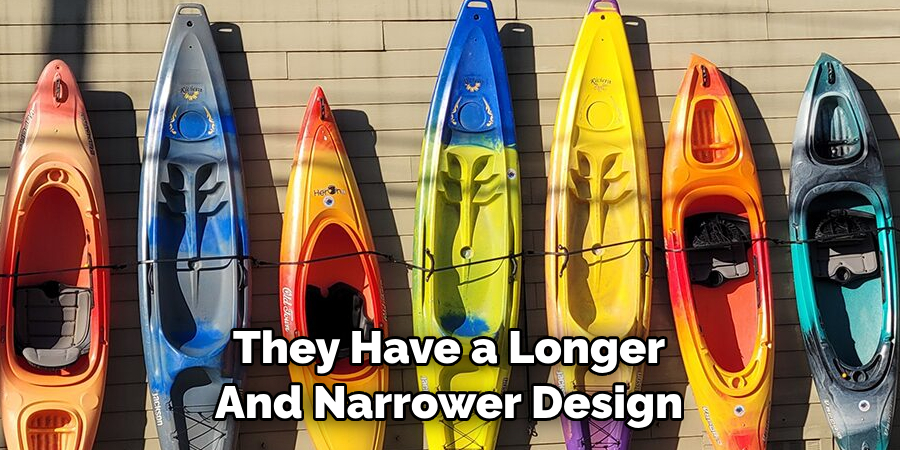
Step 7: Test Out Different Kayaks
Now that you know the different types of kayaks, it’s important to try them out before making a decision. Many kayak shops and rental companies offer demo days or allow customers to test out kayaks before purchasing. Take advantage of these opportunities to get a feel for each type of kayak and see which one suits you best. It’s also crucial to test out a kayak in the type of water you’ll be kayaking in to get a better understanding of its performance.
Step 8: Consider Additional Features
Besides the basic design and type of kayak, there are additional features to consider that can enhance your kayaking experience. These include:
- Adjustable foot braces for added comfort and control
- Different seat options (padded, adjustable)
- Storage compartments for gear and supplies
- Rudder or skeg systems for steering and tracking in various water conditions
Step 9: Read Reviews and Do Your Research
Take the time to read reviews and do some research on different kayak models, brands, and features. This will give you a better understanding of what others have experienced with certain kayaks and help you make an informed decision. This is especially useful if you cannot test out a kayak beforehand.
Step 10: Consider Your Future Kayaking Goals
If you’re planning on expanding your kayaking adventures in the future, it’s important to consider this when choosing a kayak. For example, if you’re just starting with recreational kayaking but eventually want to try whitewater kayaking, it might be more cost-effective to invest in a versatile kayak that can handle both calm and rough waters.
Step 11: Ask for Expert Advice
Don’t be afraid to ask for advice from experienced kayakers or professionals at kayak shops. They can help guide you toward the right type of kayak based on your goals and budget. They may also offer helpful tips and tricks for maintaining and using your kayak properly. You can never go wrong with seeking expert advice.
Step 12: Enjoy Your New Kayaking Adventure!
Now that you have chosen the perfect kayak for your needs, it’s time to hit the water and enjoy your new kayaking adventure! Remember to always prioritize safety and have fun exploring different waterways with your new kayak. If you’re unsure about anything, don’t hesitate to ask for help or take a kayaking lesson to improve your skills. With the right kayak, the possibilities for adventure are endless!
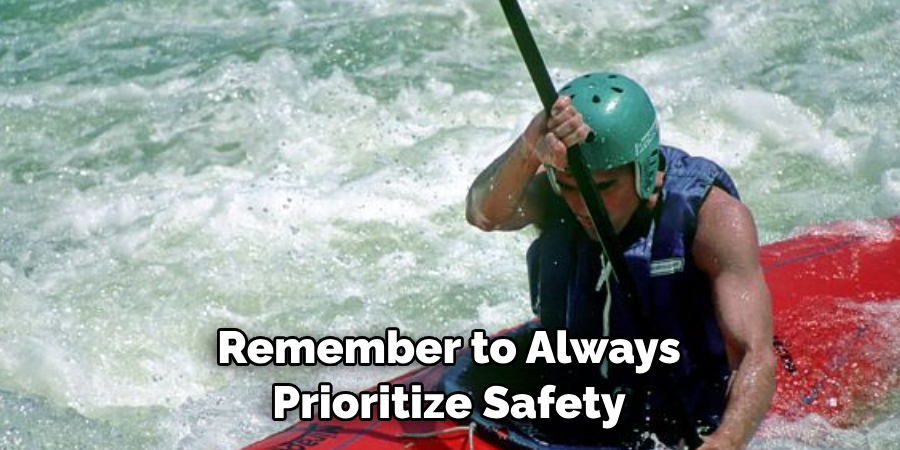
Following these step-by-step guidelines on how to choose a kayak will ensure that you choose a kayak that meets your needs and provides a fun and enjoyable experience. Happy kayaking!
Frequently Asked Questions
Q1: What Type of Kayak is Best for Beginners?
A1: Recreational kayaks are generally considered the best option for beginners as they offer stability and ease of use in calm waters. It’s important to choose a kayak that matches your skill level and experience.
Q2: Are Inflatable Kayaks Durable?
A2: Yes, inflatable kayaks are designed with durable materials and can withstand punctures. However, it’s important to properly maintain and care for your kayak to ensure its longevity.
Q3: How Do I Transport My Kayak?
A3: Depending on the type of kayak and your vehicle, you can either transport it on top of your car with roof racks or in the bed of a truck. If using an inflatable kayak, it can easily fit in the trunk of your car.
Q4: Do I Need to Purchase Additional Gear for Kayaking?
A4: It’s recommended to have essential gear such as a paddle, a personal flotation device, and proper attire when kayaking. Other gear such as a dry bag or waterproof phone case can also enhance your experience. Overall, it’s important to have the necessary gear for safety and comfort while on the water.
Conclusion
In conclusion, choosing the right kayak may seem daunting at first, but with some careful consideration and research, anyone can find their perfect match. Remember to identify your needs and preferences, do your research on different types of kayaks and materials, test them out before making a purchase, and invest in proper safety equipment. Don’t be afraid to seek advice from experts or experienced kayakers when making your decision.
The most important thing is to choose a kayak that fits your lifestyle and makes you feel comfortable and confident on the water. Whether you’re a beginner or a seasoned pro, there’s a kayak out there waiting for you. So go ahead, take the plunge, explore new waters, and create unforgettable memories. Thanks for reading this article on how to choose a kayak. Happy paddling!
About the Author
Jennifer Branett is the author of Fishy Kayak and an expert in fish-related fields, with over 10 years of experience. Her work blends passion for fishing with a commitment to conservation.
Educational Background
Degree: Bachelor’s in Marine Biology
Institution: University of California, Santa Barbara
Specializations: Aquatic ecosystems, fish behavior, and sustainable practices
Professional Experience
Conservation Projects:
Collaborated with local organizations to restore aquatic habitats
Developed educational programs on sustainable fishing practices
Publications:
Authored articles for fishing magazines and environmental journals
Featured speaker at fishing expos and conservation conferences
Key Areas of Expertise
Fishing Techniques:
Kayak fishing strategies
Freshwater and saltwater fishing methods
Environmental Stewardship:
Advocacy for sustainable fishing
Promoting biodiversity in aquatic environments
Awards and Recognition
Recipient of the [Specific Award Name] for contributions to marine conservation
Recognized as a leading voice in the fishing community by [Organization/Publication Name]
Community Engagement
Workshops and Seminars:
Regularly hosts events to educate anglers on sustainable practices
Engages with youth programs to inspire the next generation of fishers
Online Presence:
Maintains an active blog sharing tips, stories, and conservation efforts
Engages with followers on social media to promote fishing ethics
Personal Interests
Enjoys kayaking in scenic locations
Passionate about photography, capturing the beauty of nature
Advocates for local conservation efforts in her community
